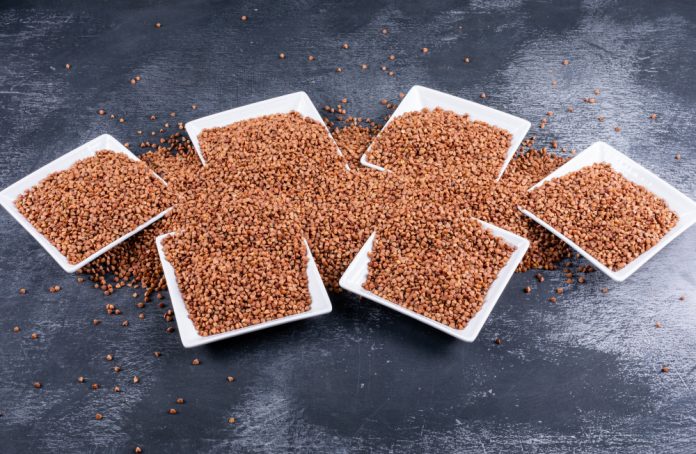Here are some more detailed points on the health benefits of finger millet:
- Rich in Nutrients: Finger millet is a rich source of nutrients like calcium, iron, fiber, and protein. It is also high in B vitamins like thiamine, riboflavin, niacin, and B6. These nutrients are essential for maintaining good health, and finger millet provides them in significant amounts.
- Good for Bone Health: Finger millet is an excellent source of calcium, which is essential for maintaining strong bones and teeth. The calcium in finger millet is easily absorbable by the body, making it an excellent food for people who are lactose intolerant or have milk allergies. Finger millet is also a good source of magnesium, which helps in the absorption of calcium.
- Lowers Cholesterol: The fiber in finger millet helps in reducing cholesterol levels in the body. Fiber binds with the cholesterol in the gut, preventing it from being absorbed into the bloodstream. This helps in reducing the risk of heart disease and stroke.
- Helps in Weight Loss: Finger millet is a low glycemic index food, which means it is slowly digested and provides sustained energy. It also keeps you full for longer, aiding in weight loss. The high fiber content in finger millet helps in reducing appetite, preventing overeating.
- Controls Blood Sugar Levels: Finger millet is rich in fiber, which slows down the absorption of carbohydrates in the body, thereby regulating blood sugar levels. This is beneficial for people with diabetes or those at risk of developing the condition.
- Good for Digestion: The high fiber content in finger millet aids in digestion and prevents constipation. Fiber adds bulk to the stool, making it easier to pass through the digestive system. It also promotes the growth of beneficial bacteria in the gut, which helps in maintaining good gut health.
- Boosts Immunity: Finger millet is rich in antioxidants, which help in strengthening the immune system and preventing various diseases. The antioxidants in finger millet help in neutralizing free radicals in the body, which can cause cellular damage and lead to diseases like cancer.
- Good for Skin Health: Finger millet contains amino acids like methionine and lysine, which are essential for maintaining healthy skin. These amino acids help in the production of collagen, which gives the skin its elasticity and suppleness.
- Prevents Anemia: Finger millet is a rich source of iron, which helps in preventing anemia by increasing the hemoglobin levels in the blood. Anemia is a condition in which there is a deficiency of red blood cells, leading to fatigue, weakness, and other symptoms.
- Good for Infants: Finger millet is easy to digest and is a good source of nutrients for infants. It is also used as a weaning food in many parts of the world. Finger millet porridge is a popular food for infants in India and Africa, and is a good source of energy, protein, and other nutrients essential for growth and development.
In summary, finger millet is a nutritious food that provides several health benefits. It is an excellent source of nutrients like calcium, iron, and fiber, and is beneficial for bone health, digestion, and immunity. Finger millet is also good for weight loss, controlling blood sugar levels, and preventing anemia.

PC: Freepik
Finger millet can be cooked in several ways, including boiling, roasting, and grinding into flour. Here’s how to cook finger millet:
- Rinse the finger millet in cold water to remove any dirt or debris.
- To cook finger millet as a grain, bring a pot of water to a boil and add the rinsed finger millet. Use a ratio of 1:2 or 1:2.5 for finger millet to water. Reduce the heat to low and simmer for 20-25 minutes, or until the finger millet is tender and the water is absorbed. Fluff with a fork and serve.
- To roast finger millet, heat a pan over medium heat and add the rinsed finger millet. Roast the finger millet for 3-4 minutes, stirring occasionally, until it turns light brown and gives off a nutty aroma.
- To grind finger millet into flour, use a blender or food processor to grind the roasted or unroasted finger millet into a fine powder. The finger millet flour can be used in a variety of recipes like porridge, roti, dosa, and other baked goods.
- To make finger millet porridge, bring water or milk to a boil and add the finger millet. Cook for 15-20 minutes, stirring occasionally, until the finger millet is cooked and the porridge thickens. Add sugar, honey, or other sweeteners and serve.
Finger millet can also be used in various recipes like cakes, bread, and cookies. It has a nutty flavor and can add a unique taste and texture to many dishes.






